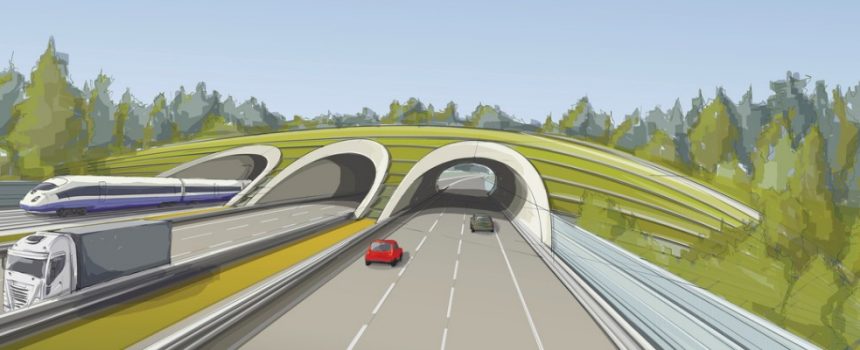Once You Connect, What’s Next?
In the last blog in this series, I drew an analogy between the Gotthard Base Tunnel (the longest tunnel in the world) and the seller-buyer relationship. The seller is tunneling in one direction looking for that perfect buyer, and the buyer tunneling in the other direction in search of exactly the right product or service, at a somewhat affordable price.
Continuing that analogy, what happens when they have finally met? This is where the buyer-seller journey really begins, and it’s one taken together.
Communication
You’ve got a tunnel built, now, but the traffic has to go in both directions. If the traffic only runs from the seller to the buyer, nothing will happen. No sale will result, and no relationship will be established.
What exactly does two-way traffic mean? First of all, it means communication. It means talking to each other—something that far too many people, especially in this “high tech” age, don’t do. It’s very obvious in something like a marriage: when marital partners don’t talk to each other, that relationship is dead. The most important factor of any relationship is communicating, sharing. This principle certainly applies to the buyer-seller relationship as well.
If communication has broken down, and two-way traffic is hindered, what do you do? Well, it may sound rather old-fashioned, and perhaps something many people don’t do anymore. But if it happens to me—if someone stops talking to me—I pick up the phone and call the person. “Hello! Do we have an issue? We started off well, so what happened?”
Technology Versus Humanity
With communication well-established, what’s next? That would be the establishment of deliverables. Just as you manage a company by objectives, so should you take care of a seller-buyer relationship.
How is this done, and who is responsible for it?
Here we bump into something that, in the digital age, many people have gotten wrong. Many have assumed that a customer relationship can be managed with technology only—probably because of the name of the system: Customer Relationship Management (CRM).
It’s true that CRM is the backbone of any company, now and well into the future. In the digital world, it’s impossible to operate a company without one. In the old days, “CRM” was all in the salesperson’s mind, or scratched on notes in their car or in their notebook. Today, though, with thousands of customers, you can’t keep it all in your head. A CRM is vital.
So in some respects, CRM has replaced humans. But the crucial question is: how is CRM replacing humans? If you’re using it for anything but tracking opportunities, leading and lagging indicators, KPIs and notifications, and as an index to your pipeline, you’re using it incorrectly.
While it’s true we need this technology to track everything, when all is said and done it still comes back to a human being interacting with a human being. It’s discovering from the buyer what precisely they’re looking for, and doing everything you can to deliver it. And continuing to build that relationship from here on out, through live interaction.
There are businesses which seem to disprove this, such as Amazon. Millions of people place orders with Amazon every day, and receive their merchandise, without human interaction. But even Amazon is coming back to human interaction with the establishment of Amazon Retail Locations. They’re opening shops…with live people!
Mindset
So you’ve got communication, and you have the objectives established and tracked through CRM. What is the overall mindset? It must be customer-centric. That means responding to the customer, their pain points, their needs. Service them. Take care of them. Utilize the right combination of technology and human interaction to make that customer the center of everything.
Make customer-centric focus the centerpiece of your operations, your actions and your company policies. And people will notice!





















Comments